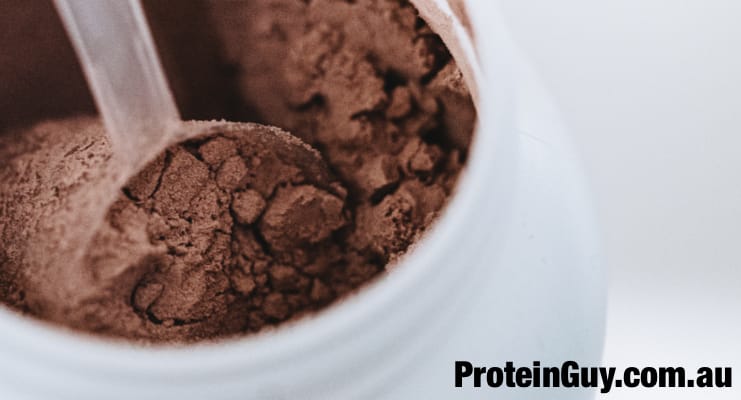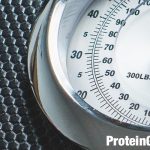If you’re looking for a high-quality protein supplement to support your fitness goals, you may have come across whey protein isolate and whey protein concentrate. These are two common forms of whey protein that differ in their processing methods, nutritional content and digestion rates. What’s the difference between whey protein isolate and whey protein concentrate and what is the nutritional make up of each, we’ll try to explain the differences for you below.

What is WPI Whey Protein?
Whey protein is derived from milk, which contains two types of proteins: casein and whey. Whey is the liquid part that separates from the solid curds during cheese or yogurt production. Whey protein is a complete protein, meaning it contains all nine essential amino acids that your body cannot make on its own. Whey protein is also rich in branched-chain amino acids (BCAAs), which are especially important for muscle growth and repair.
Whey protein can be further processed again to produce different forms of whey supplements, such as whey concentrate and whey isolate. The main difference between these two forms is the amount of protein, fat, carbohydrate and lactose they contain per serving.
What is WPC Whey Protein Concentrate?
Whey concentrate is the least processed form of whey protein. It’s created by filtering the liquid whey to increase its protein concentration. Whey concentrate typically contains 25% to 90% protein by weight, depending on the product. The remaining weight of the WPC consists of fat, carbohydrate and lactose. Whey protein concentrate has a more natural taste and texture than whey protein isolate, and it’s usually cheaper to buy as well.
What is WPI Whey Protein Isolate?
Whey isolate is a more refined form of whey protein. It undergoes additional processing steps to remove most of the fat, carbohydrate and lactose from the whey concentrate. Whey isolate typically contains 90% or more protein by weight, making it a more pure and concentrated source of protein for you. Whey protein isolate has a faster digestion rate than whey concentrate, which means it has the ability to help deliver amino acids to your muscles more quickly after exercise.
What’s the difference between Whey Isolate and Whey Concentrate?
To compare the nutritional content of whey isolate and whey concentrate, let’s look at an example of a standard 100gm serving of each.
In 100g of powder, WPI has about 90g of protein, 1g of fat, and 1g of carbs, while WPC has about 80g of protein, 6g of fat, and 5g of carbs.
As you can see above, whey protein isolate has more protein and less fat, carbs and lactose than whey protein concentrate per serving. However, both forms of whey protein do have similar amino acid profiles and can provide similar benefits for muscle growth, recovery and overall health.
So what’s better, Whey Isolate or Whey Concentrate?
The choice between whey isolate and whey concentrate depends on your personal preferences, your training goals and, of course your budget. Whey protein isolate may be a better option if you want a higher protein intake, have lactose intolerance or sensitivity, or you prefer a faster-digesting protein. Whey protein concentrate may be a better option if you want a more natural and affordable product, or if you don’t mind some extra fat, carbs and lactose in your protein supplement.
As we say, the choice is ultimately yours, you could try both whey isolate and whey concentrate to see what the difference is between them for you.

